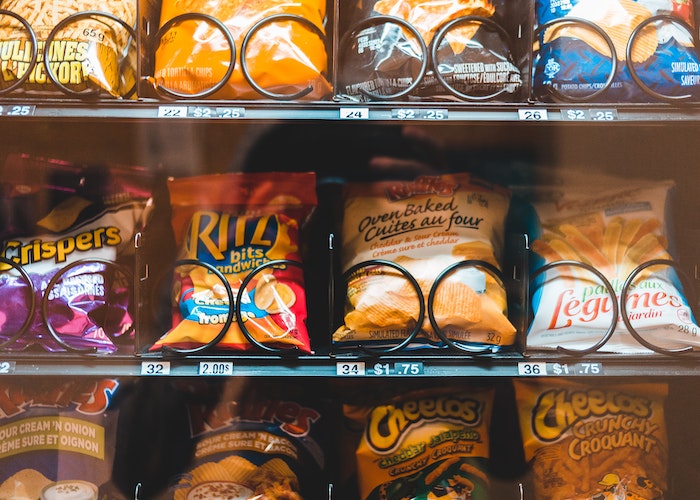In our quest for more sustainable packaging solutions, biodegradable food packaging has emerged as a promising alternative. While these materials are designed to break down naturally, it is essential to understand the proper methods of disposal to ensure their environmental benefits are fully realized. This comprehensive article aims to provide a detailed guide on how to properly dispose of biodegradable food packaging. By exploring various disposal methods, understanding the challenges and limitations, and promoting responsible waste management practices, we can maximize the sustainability potential of biodegradable packaging. Let’s delve into the intricacies of biodegradable food packaging disposal and learn how to make informed choices for a greener future.
Dispose of Biodegradable Food Packaging

1. Understanding Biodegradable Food Packaging
To begin our exploration, this section will provide a thorough understanding of biodegradable food packaging. We will define biodegradability, explore different types of biodegradable materials used in food packaging, and discuss their benefits and environmental impact. Understanding the unique properties and decomposition processes of biodegradable packaging is essential for making informed decisions about their disposal.
2. Importance of Proper Disposal
This section will emphasize the significance of responsible disposal practices for biodegradable food packaging. We will discuss the environmental consequences of improper disposal, such as contamination and hindered biodegradation. Additionally, we will explore the role of proper disposal in promoting circular economy principles and minimizing waste accumulation in landfills.
3. Composting Biodegradable Food Packaging
Composting is a widely recognized and eco-friendly method for disposing of biodegradable materials. In this section, we will delve into the process of composting biodegradable food packaging. We will discuss the key factors for successful composting, such as temperature, moisture levels, and carbon-to-nitrogen ratios. Furthermore, we will explore the compatibility of different biodegradable packaging materials with various composting systems and provide practical tips for individuals and businesses looking to compost their food packaging waste.
4. Recycling Biodegradable Food Packaging
Recycling presents another avenue for the proper disposal of biodegradable food packaging. This section will examine the recyclability of different types of biodegradable materials, such as bioplastics and paper-based packaging. We will discuss the challenges and considerations associated with recycling biodegradable packaging, including collection, sorting, and processing methods. Furthermore, we will highlight the importance of identifying and utilizing recycling programs and facilities that accept biodegradable materials.
5. Anaerobic Digestion and Energy Recovery
Anaerobic digestion offers an alternative disposal method for biodegradable food packaging, particularly for materials that are not suitable for composting or recycling. This section will explore the process of anaerobic digestion and how it can be utilized to extract energy from biodegradable packaging waste. We will discuss the benefits, limitations, and considerations for using anaerobic digestion as a disposal method, along with the potential for producing biogas and renewable energy.
6. Landfill Considerations
While biodegradable food packaging is designed to break down in a landfill environment, this section will address the limitations and challenges associated with landfill disposal. We will discuss factors such as oxygen availability, decomposition rates, and the production of greenhouse gases. Additionally, we will emphasize the importance of reducing landfill waste through alternative disposal methods whenever possible.
7. Regulatory and Certification Considerations

This section will highlight the regulatory aspects and certifications relevant to the disposal of biodegradable food packaging. We will explore regional and international standards, certifications for compostable packaging, and labeling requirements. Understanding the regulatory landscape and adhering to certification standards ensures that biodegradable packaging is disposed of in compliance with environmental regulations.
8. Promoting Consumer Awareness and Education
Educating consumers about the proper disposal of biodegradable food packaging is crucial for achieving effective waste management. This section will discuss the importance of consumer awareness and provide practical tips on educating individuals about the correct disposal methods. We will also explore initiatives aimed at promoting responsible waste management practices, such as labeling guidelines and public awareness campaigns.
Conclusion
Proper disposal of biodegradable food packaging is paramount for realizing its environmental benefits. By understanding the various disposal methods, their challenges, and promoting responsible waste management practices, we can maximize the sustainability potential of biodegradable packaging. Let us embrace proper disposal techniques and work collectively towards a greener future by minimizing waste and promoting the circular economy.
